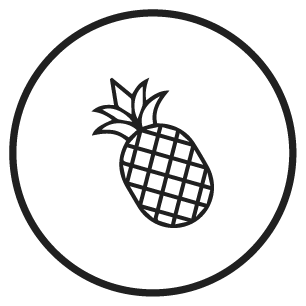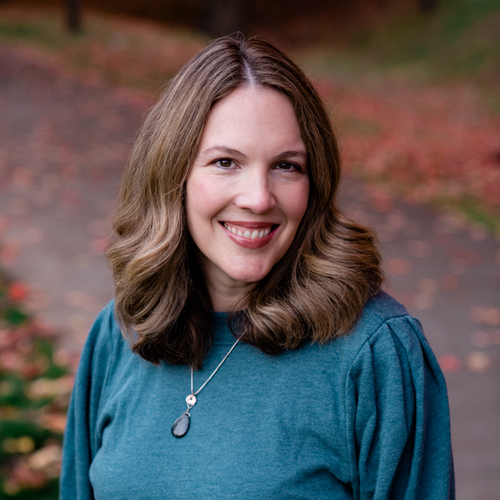You know that distinct dry-cleaning smell that your clothes have when you bring them home? That smell is from a chemical called perchloroethylene or tetrachloroethylene, also known as PERC. Despite being treated as a carcinogen by the National Institute of Occupational Safety and Health, this chemical is still used in 70-85% of dry cleaning businesses. As a side note, it’s also frequently used by professional carpet cleaning companies.
Acute inhalation effects include:
- Respiratory and eye irritation
- Kidney and liver problems
- Neurological effects like mood and behavioral changes
- Dizziness, headache, impairment of coordination
Effects from chronic exposure include:
- Headaches
- Neurological impairment and mental health issues
- Liver and kidney damage
- Cardiac issues
- Endocrine disruption linked to fertility issues and menstrual irregularities
Studies of dry cleaning workers exposed to PERC and other solvents like TCE also suggest an increased risk of a variety of cancers, which is why the EPA also designates it as a possible human carcinogen.
What about non-occupational exposures?
If you are getting items dry-cleaned occasionally, I wouldn’t worry about it but if you wear dry-cleaned clothes regularly, there are some things to consider. PERC residue lingers on clothes and can be inhaled or absorbed through our skin when we wear dry-cleaned clothes.
Suggestions for reducing PERC exposure risk:
- Since PERC continues to off-gas from clothes for over two weeks, be sure to remove plastic immediately and leave dry-cleaned clothes in a well ventilated area (garage with a door open) to air out for a few days before bringing them inside.
- Once inside, open windows in the area where you keep dry-cleaned clothes to improve ventilation.
- Be wary of “Organic” or “Green” dry-cleaner claims. Organic is this sense means it includes carbon; not that it’s chemical free (unfortunately green-washing is rampant in the dry-cleaning industry).
- Find a dry-cleaner who does professional wet-cleaning, which uses water instead of harsh chemicals and does this in a machine that does a very gentle cycle, adjusting PH levels as it goes. While these are still somewhat rare, more and more companies are popping up that offer wet-cleaning.
- Find a dry-cleaner who does CO2 cleaning, which essentially uses pressurized liquid carbon dioxide in place of PERC, and sometimes in combination with other, generally, non-toxic cleaning agents.
Lesser Known Solvents
You may also hear of two other alternatives to PERC, DF-2000, a petroleum-derived solvent by Exxon Mobile Chemical, and Silicon cleaning (siloxane or D5), created by Dow Corning. Very little research has been done into the safety of these two and while they are likely better options than PERC, the jury is still out on their safety.
TCE or Trichloroethylene
Lastly, be mindful of cleaners who use TCE, or trichloroethylene. A recent research paper in the Journal of Parkinson’s Disease linked exposure to TCE to the development of Parkinson’s. While phased out as a main dry cleaning solvent in the 1950s (replaced by close cousin, PERC), it is still widely used as a dry cleaning spot treatment and metal degreaser.
Finding Dry cleaners with Safer Solvents
This site, https://nodryclean.com/, lists dry cleaners that offer safer cleaning options in your area.
Resources for Washing at Home
If you’re willing to try washing these clothes at home, there is a great book called Laundry Love by Patric Richardson where he walks you through all sorts of non-toxic ways to wash clothes, even those that state “dry-clean only”. You can find this book and a collection of some of my other faves here: https://bookshop.org/shop/lowertoxliving
Sources:
https://www.cdc.gov/niosh/pgms/worknotify/drycleaner1.html
https://www.urmc.rochester.edu/news/story/common-dry-cleaning-chemical-linked-to-parkinsons-disease








0 Comments